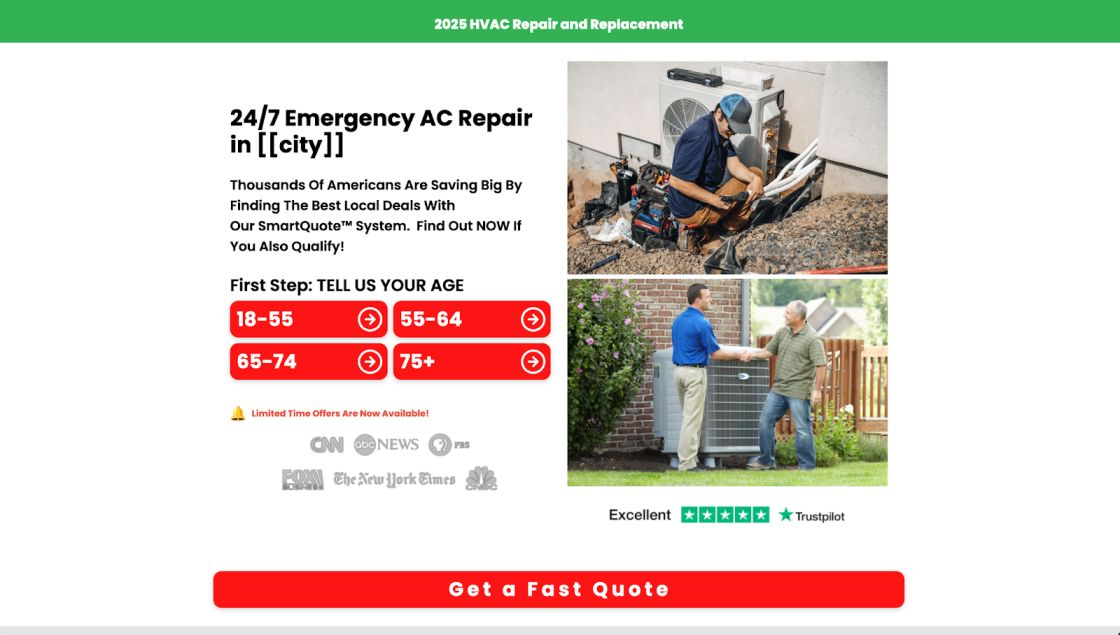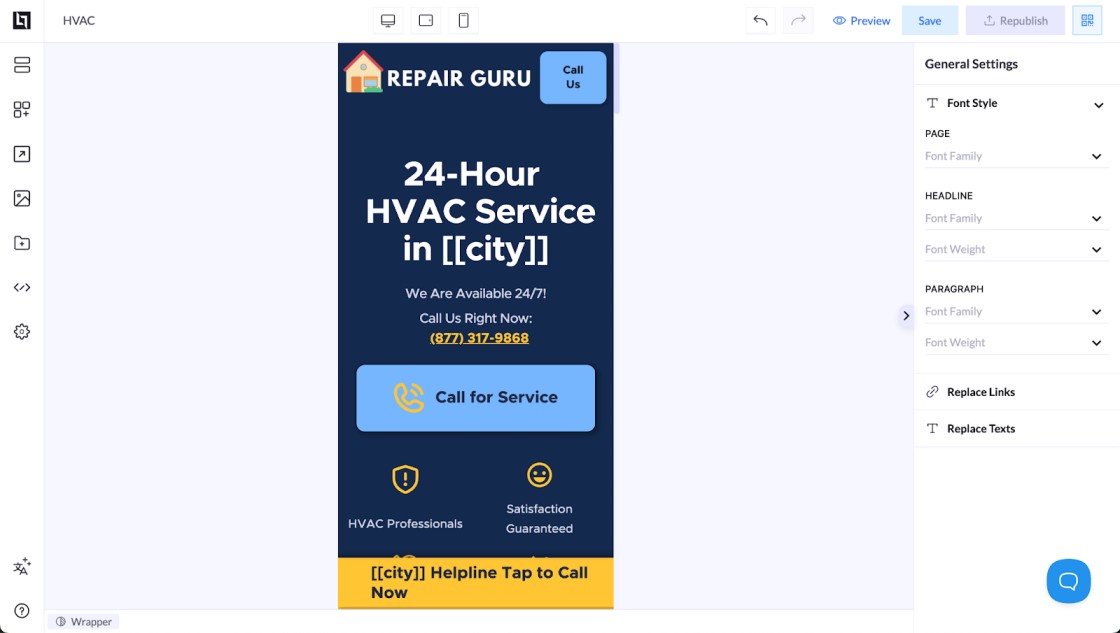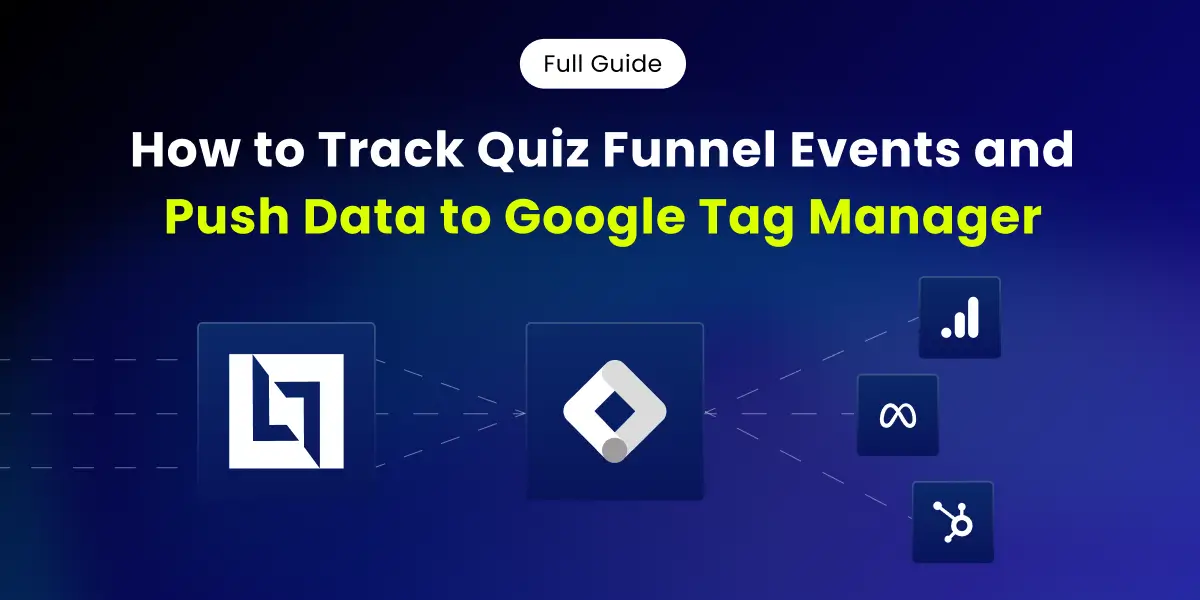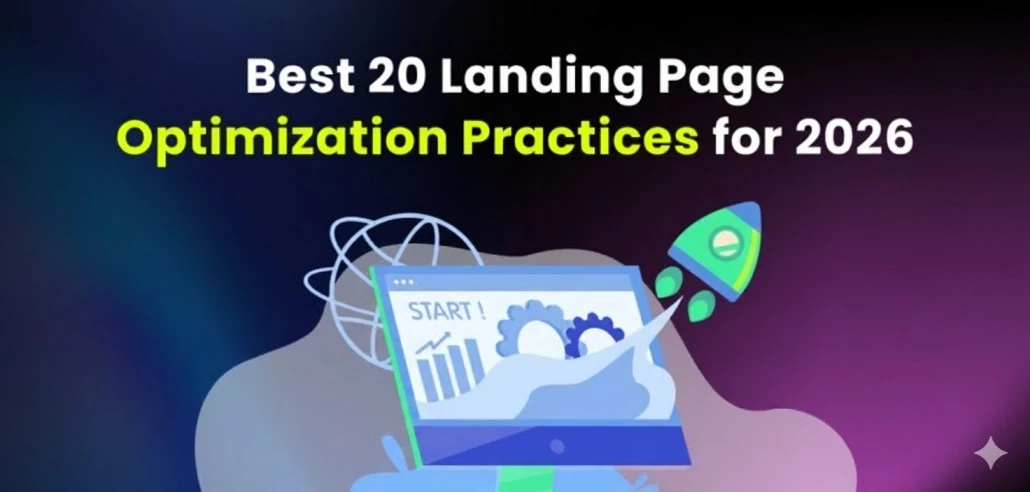Pay-per-call lead generation isn’t new, but it’s having a moment in 2026.
As inbound phone calls become one of the most effective marketing channels for home services, legal services, and other local businesses, many brands are rethinking how they generate inbound pay per call leads as part of their overall lead generation strategy.
Why? Because a real phone call from a high-intent customer often converts better than clicks or form fills.
In this guide, we’ll break down what pay-per-call marketing really is, why businesses pay per call for qualified leads, and how to launch a pay-per-call campaign that delivers high-quality phone leads.
What Is Pay-Per-Call Lead Generation?
Pay-per-call lead generation is a performance marketing model where businesses pay per call, but only when a qualified lead dials in.
Unlike pay-per-click (PPC) or online leads that come from form submissions, pay-per-call marketing connects your sales team directly with high-intent customers via inbound phone calls.
That means you’re paying for direct interaction, not just traffic.
Here’s how it works:
- A potential customer sees your ad (via Google Ads, social media advertising, or other marketing channels)
- They click a call to action (like “Call Now”)
- They’re connected to your business or routed via a call tracking number
- If the incoming call meets certain criteria (like call duration or geographic location), it’s considered a qualified call, and you’re billed
These calls are often routed through multiple destination phone numbers or filtered using IVR, call scoring, or call capping rules.
You can also record, transcribe, and analyze calls to improve campaign performance.
This model is especially effective for home services, automotive services, legal services (think personal injury attorneys), and marketing agencies looking to deliver high-quality pay-per-call leads to clients.
In short: with pay-per-call lead generation, you’re not chasing leads, you’re answering the phone.
Why Pay-Per-Call Still Converts in 2026
In a digital world flooded with forms, bots, and inbox clutter, inbound phone calls offer something rare: a personal connection with a real human.
That’s why pay-per-call lead generation is still one of the most effective marketing channels in 2026.
Here’s why it still works and often outperforms other forms of lead generation:
Higher Intent, Faster Conversions
When a potential customer picks up the phone, they’re not just browsing; they’re ready to book.
Whether it’s someone searching for an emergency HVAC repair or a personal injury attorney, they want answers now. That’s what makes phone leads some of the highest-quality leads you can get.
More Trust, More Value
For industries where trust is everything: legal services, home services, automotive, and finance, incoming calls offer direct interaction.
That connection leads to higher customer lifetime value and better close rates than anonymous form fills.
Mobile Behavior Is Changing
More people now tap “Call” on digital ads than ever before. Thanks to click-to-call CTAs, search engine optimization, and smart targeted advertising, the path from ad to inbound phone lead is shorter and more effective.

Less Competition Than PPC
With rising ad spend across Google and Meta, traditional pay-per-click channels are overcrowded.
But pay-per-call campaigns still offer a competitive edge, fewer competitors, better lead distribution, and real-time qualified calls.
In short: when your target audience is ready to act, per-call marketing gets you more calls, more conversions, and more revenue.
Costs, Call Quality & Tracking What Matters
With pay-per-call lead generation, you’re not just paying for traffic; you’re paying for high-quality calls.
However, to maximize the effectiveness of your marketing budget, it’s essential to understand what constitutes a qualified lead, the typical cost associated with it, and what key metrics to track to enhance campaign performance over time.
In 2026, the average pay-per-call lead costs anywhere from $20 to $150+, depending on your industry, service area, and how qualified the inbound call is.
For example, legal services or emergency home services often command higher prices due to urgency and customer lifetime value.
A qualified call typically meets specific conditions, such as lasting over 30 or 60 seconds, originating from a designated geographic location, or occurring during business hours.
These filters ensure you only pay for pre-qualified calls that have a real chance of converting.
But cost is only part of the picture. To know whether your pay-per-call campaign is working, you’ll want to track metrics like:
- Call duration
- Call recordings and call transcriptions
- Source of the call (which ad or page drove it)
- Whether your sales team converted it into a job or a sale
Using call tracking tools and a platform like LanderLab, you can build custom landing pages for different services or regions and assign multiple destination phone numbers.
How to Run a High-Converting Pay-Per-Call Campaign in 2026
Running a successful pay-per-call campaign means combining a smart lead generation strategy with tools that help you drive and manage inbound phone calls, without wasting ad spend.
Here’s how to do it right:
1. Choose the Right Channel for Your Industry
No matter if you’re in home services, legal services, or automotive repair, the first step is deciding where your target audience hangs out.
The best marketing channels for pay-per-call include:
- Google Ads (with call extensions or call-only campaigns)
- Search engine optimization for click-to-call traffic
- Social media advertising with mobile-first CTAs
- Partnerships with lead generation companies or affiliate networks
2. Build Mobile-First Landing Pages That Drive Calls
Most phone leads come from mobile. So your landing pages need to load fast, highlight your call to action, and make calling the obvious next step.
With LanderLab, you can:
- Create service-specific pages with click-to-call buttons
- Set up geo-targeted landing pages by city or zip code
- Add trust elements like reviews, service guarantees, and lead services offered
- Test multiple versions to see which gets more calls

3. Track and Qualify Every Call
To get the most from your marketing efforts, set up systems to track what happens after a call comes in.
Use tools like:
- Call tracking numbers per ad campaign
- Call recording and scoring
- IVR filters for routing and lead distribution
- Call transcriptions for insight into customer intent
- Call capping to manage the budget and avoid spam
This lets you scale only what’s working and filter out anything that wastes your marketing budget.
Be Ready to Answer (or Route) Every Call
The #1 killer of high-quality pay-per-call leads? Missed calls.
Make sure you have a trained sales team or direct connection to reps ready to answer the phone. If you’re routing calls to clients, set up clear rules and availability windows to avoid missed opportunities.
If you serve multiple services or markets, use multiple destination phone numbers connected to unique LanderLab pages. That gives you complete control over targeting and delivery.
Run Better Pay-Per-Call Campaigns with LanderLab
So if you’re running Google Ads, partnering with lead generation companies, or scaling your own call lead generation funnel.
LanderLab gives you the tools to convert more traffic into high-quality pay-per-call leads. You can:
- Build lightning-fast, mobile-first landing pages with click-to-call CTAs
- Assign multiple destination phone numbers for tracking and routing
- Run A/B tests to see which call to action drives more qualified calls
- Track campaign performance and tie every inbound phone call back to its source
Ready to Turn Traffic Into Qualified Phone Leads?
Use LanderLab to build mobile-optimized landing pages with click-to-call CTAs and real-time tracking. Start capturing high-intent inbound pay per call leads today.





